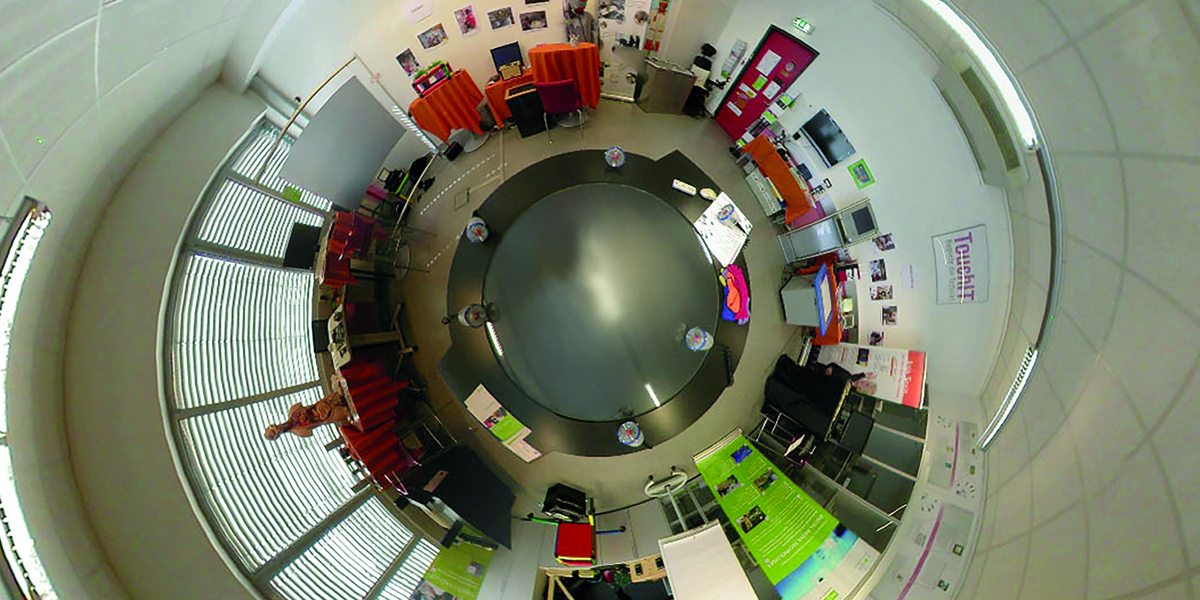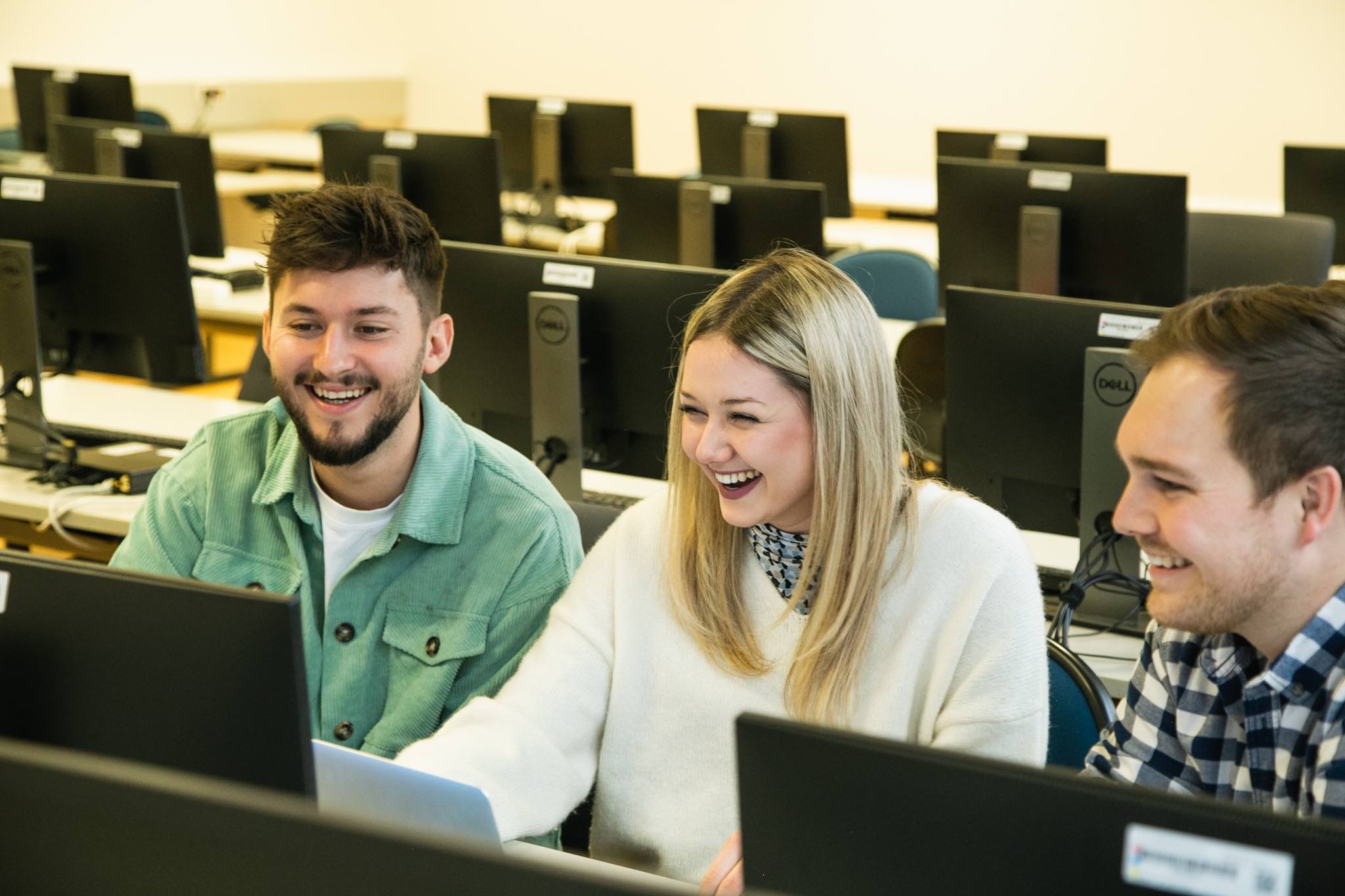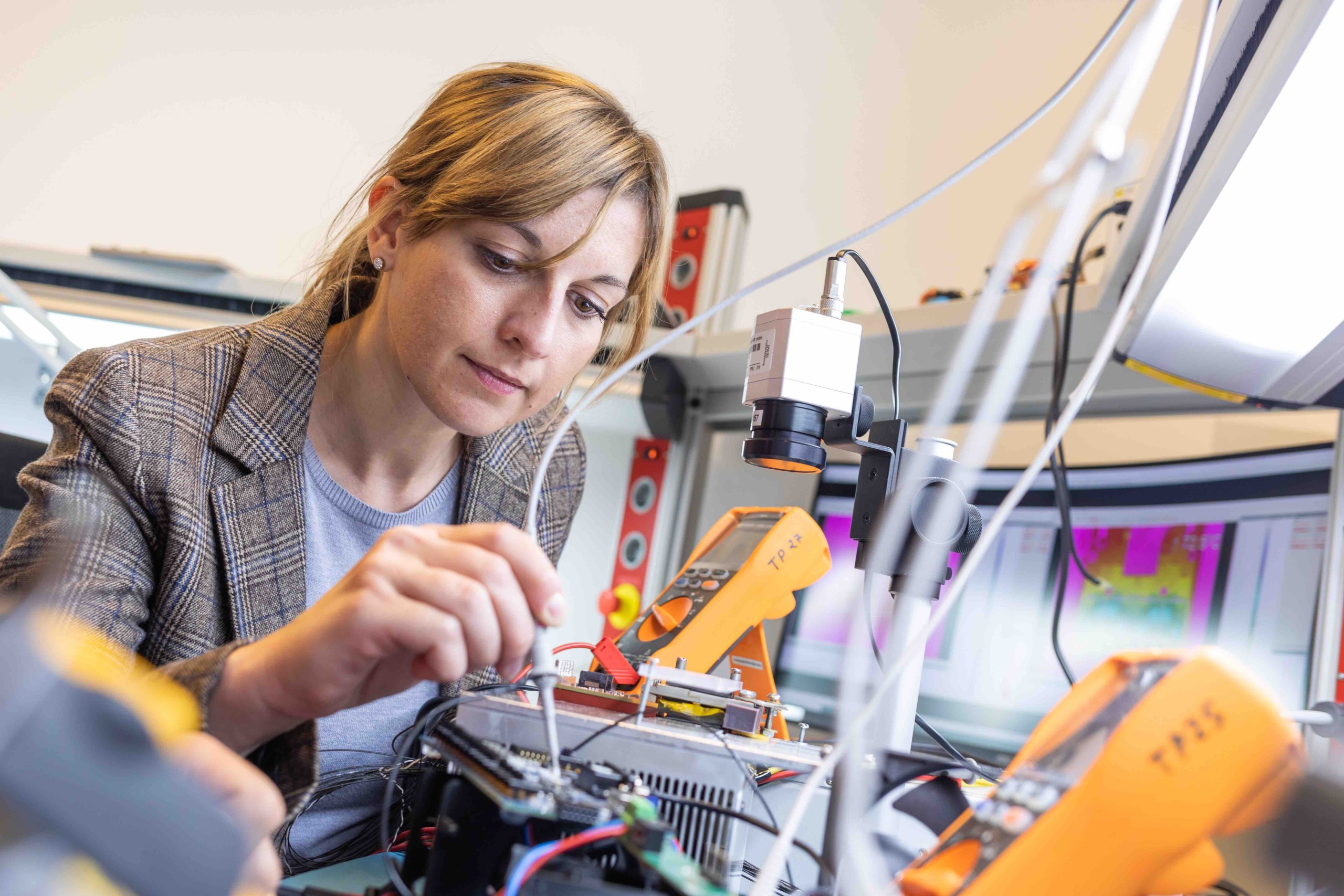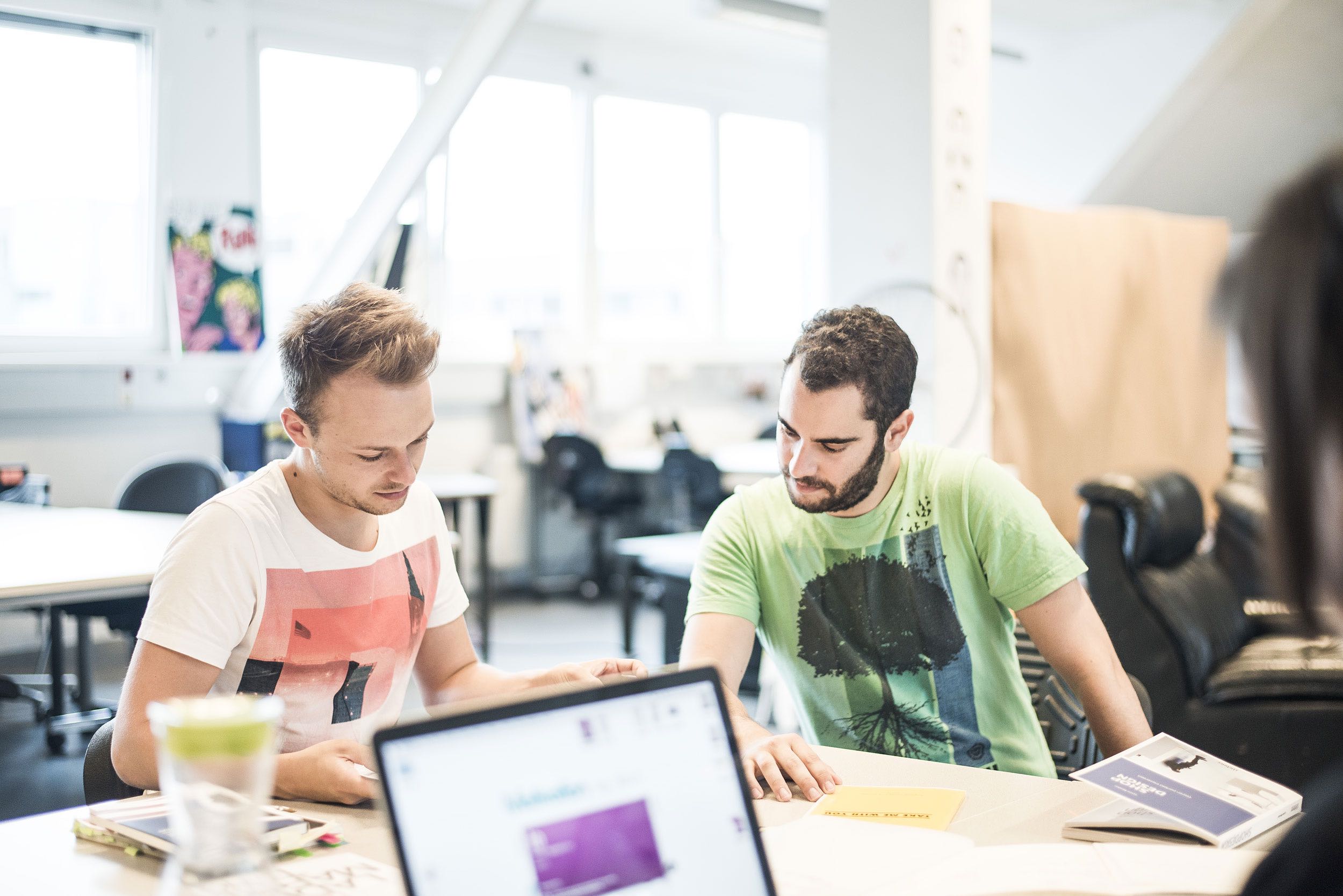From Austria, Germany, the Netherlands, the Czech Republic and Serbia to Trinidad and Tobago: the Institute of Information Management has a finger in every pie when it comes to international exhibitions. It uses state-of-the-art technologies to bring museums to a digital level.
Interactive museum
Natanja C. Pascottini, 05. July 2018
The exhibits designed enable visitors to explore and experience topics themselves. (© FH JOANNEUM)
Enhancing a museum visit with modern digital content: this can be achieved by integrating multi-media content in exhibitions. This approach links technology, information transfer and culture and makes museum visits location-independent, as illustrated by the project Google Arts and Culture.
Digitisation in the museum sector requires experts who are familiar with virtual and augmented reality and who know how to make meaningful use of technological possibilities to convey the museum content. One of them is Alexander Nischelwitzer. He coordinates the Digital Media Technologies (DMT) group at the FH JOANNEUM Institute of Information Management. Together with his team and with the help of students, he develops concepts and digitised objects for multi-media interactive exhibitions: “Particularly popular are simulations which allow you to experience, explore or design something yourself,” says Alexander Nischelwitzer. The Graz Children’s Museum FRida & freD, a long-standing partner of FH JOANNEUM, is based on this principle. A ship has been developed to enable children to set off on a voyage, for example. Visitors can step on board, set sail and take over at the helm. A projection on the sail shows where the journey is heading. These elements together form a so-called exhibit – a computer system which is interlinked and can be controlled with sensor technology and microelectronics. The actions of the museum visitors make the exhibition content more tangible and interactive and the information conveyed is better remembered.

Interactive technologies and augmented and virtual reality provide museums with numerous methods of knowledge sharing. (© FH JOANNEUM)

The computer systems are adapted to the museum, theme and target audience in question. The focus is on visitor usability: it should be quick and easy for users to discover what it is all about and to get involved and try it for themselves without much explanation required. There are no keyboards, mice or such like. The computer systems themselves should disappear into the background and the focus should be on interactive exploration and experience, as for example with shaping sand. The structures created by the visitors are then scanned and projected by room sensors. The underlying technology employed by experts from the Institute of Information Management includes 3D design and programming as well as interface and microcontroller programming. “Knowledge of software development and creativity must be combined in order to design such exhibits,” Alexander Nischelwitzer says when asked about the prerequisites for the implementation of such an interactive exhibition. “These and other such projects present a good opportunity for our students to get involved and apply their knowledge in practical settings – whether as part of a Master’s thesis, integrated practical projects or the analysis of new interfaces.”
And what’s next? Alexander Nischelwitzer adds, “Augmented, virtual and mixed reality still offer a great deal of potential when it comes to museum visits. The technology is already there – but the implementation often fails when the museums lack the courage to invest in new technologies. But nevertheless we will increasingly find ourselves entering another world when we cross the threshold of a museum”.
Tip
The Institute of Information Management offering the Bachelor’s and Master’s courses of the same name covers lots of different projects. In addition to the interactive design of exhibitions, numerous other topics are addressed through research and teaching in the fields of multimedia and interface development, 3D programming, media design, Big Data and business analytics.










